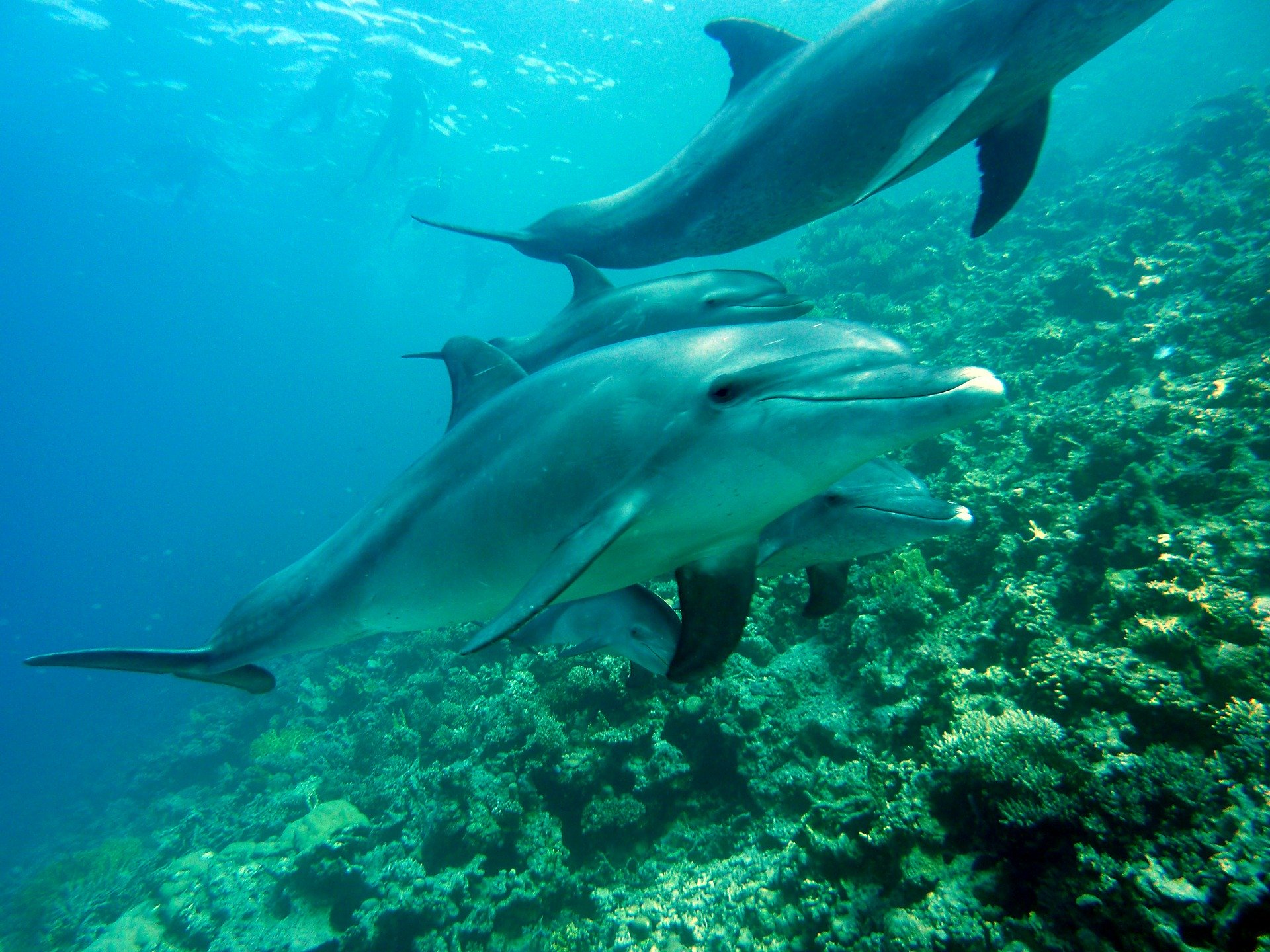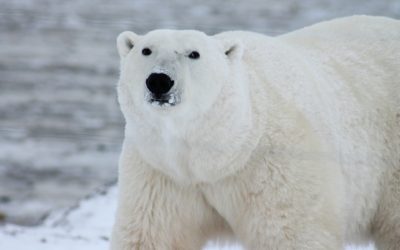Dolphins are aquatic mammals known for their intelligence and are believed to be self-aware and
capable of having a range of emotions. These cute and gorgeous aquatic creatures have a long
association with human beings from ancient times with active references in both Greek and Indian
mythology.
There are currently about 44 species of dolphins with Bottlenose dolphins being the most common
species. The four extant groups to which they belong are the Delphinidae (the oceanic dolphins), the
Platanistidae (the Indian river dolphins), Iniidae (dolphins found in the freshwater habitats of the
Amazon rivers and Orinoco Basin), and Pontoporiidae (river dolphins that dwell in brackish waters).
Dolphins are social animals and they swim in groups known as pods. Adult male dolphins are called
bulls, while adult females are called cows. Young dolphins are called calves.
They are carnivores and usually feed on fish and squid, with some species also feeding on other
marine mammals. They use echolocation – a biological sonar, which works by listening to the echoes
of sound made by the animal for locating and identifying objects – to hunt and navigate. They also
use these sounds – in the form of whistles and clicks – for communicating with other dolphins.
Dolphins are mammals and cannot breathe underwater. They breathe through their blowhole – a
hole at the top of the head through which the animal breathes – by taking regular swims to the
surface of water. The amazing mechanism that prevents dolphins from drowning while it sleeps is
the ability of the animal to sleep with one brain hemisphere remaining active. While one brain
hemisphere goes to deep sleep the other hemisphere provide enough awareness for the animal to
breathe and to watch out for potential threats.
Dolphins are under threat from humans
Despite having few marine enemies, many species of these loveable mammals are seriously under
the threat of being extinct due to increasing human intervention into their habitats. Threats like
dolphin hunting for the meat and blubber, increasing levels of pollution in the form of plastic,
pesticides and industrial pollutants and also as unintentional after-effects of various fishing methods
are rapidly dwindling dolphin population.
Every year April 14th is observed as Dolphin Day to tell the world about the threats faced by these
brainy creatures. The main aim of this day is to spread the awareness about the various issues which
are threatening the existence of dolphin population and to make governments across the world take
active measures to place total ban on dolphin hunting.
Fun Facts
- The term dolphin has its origins in Ancient Greece were the Greek word delphus, which means
- womb, was believed to have been used to describe a fish with a womb.
- Dolphins have conical teeth, which they use to catch fast moving prey like fish and squid. They
don’t use their teeth to chew their food and instead swallow their prey after hooking them with the
teeth. - The gestation period of dolphins varies depending on the species and can range from 10 to 17
months. - Dolphins have large, complex brains and are believed to be highly intelligent and capable of
having emotions and self-awareness. - Dolphins have two stomach chambers, with one chamber for storing food and the other for
digestion. - A group of dolphins is called a pod or a school. Large dolphin pods can often have more than 1,000
individual members. Travelling in pods allow them to evade predators and to hunt as a team. - The echolocation clicks emitted by dolphins are amongst the loudest sounds made by marine
animals.






0 Comments